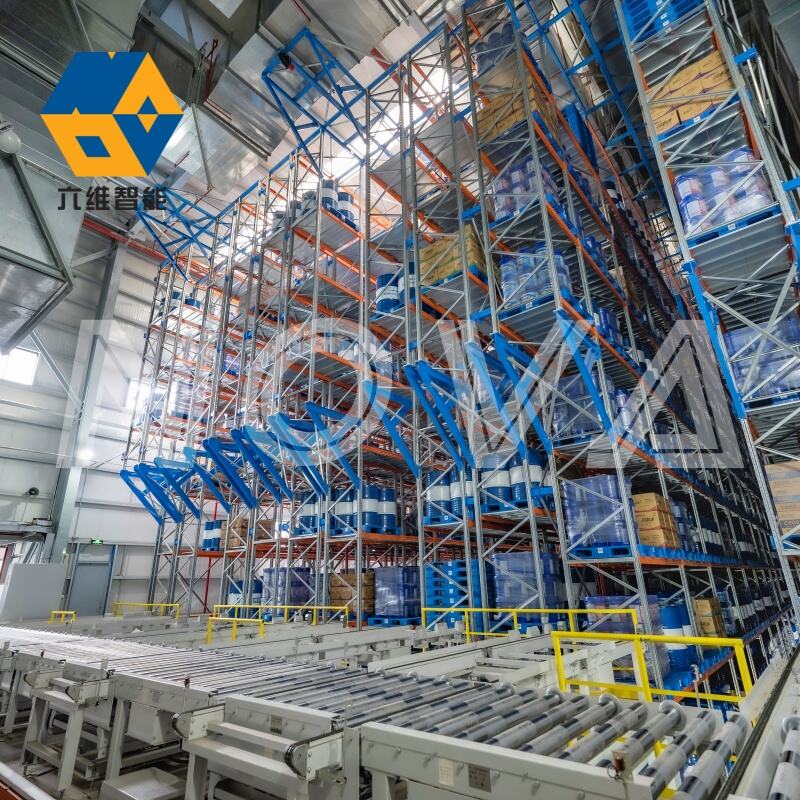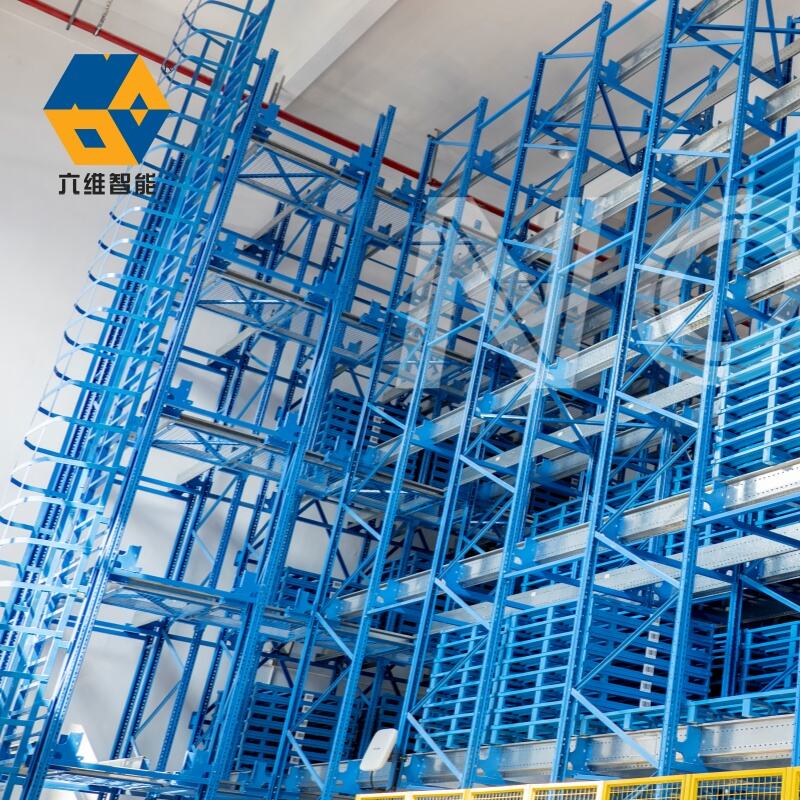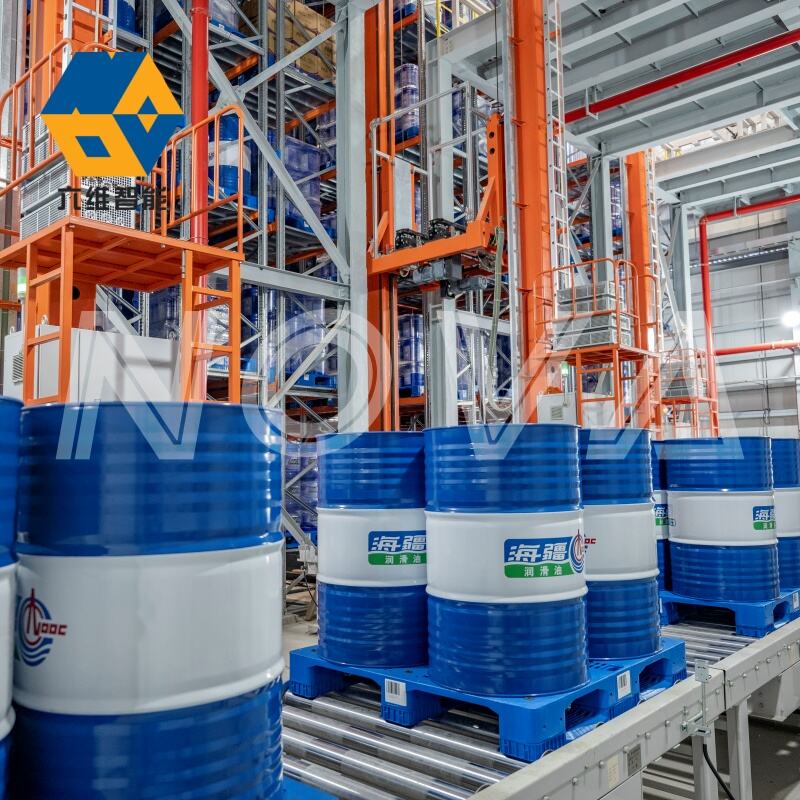automated retrieval
Automated retrieval systems represent a cutting-edge solution in modern warehousing and logistics management. These sophisticated systems combine robotics, artificial intelligence, and precision engineering to create a seamless storage and retrieval operation. At its core, an automated retrieval system utilizes computer-controlled machines to store, locate, and retrieve items from designated storage locations with minimal human intervention. The system incorporates advanced sensors, tracking mechanisms, and inventory management software to maintain accurate records of item locations and movements. Operating through a network of conveyor belts, robotic arms, and automated guided vehicles, these systems can handle various load sizes and types, from small parts to large pallets. The technology employs sophisticated algorithms to optimize storage space utilization and minimize retrieval times, while real-time monitoring ensures system performance and maintenance needs are promptly addressed. These systems are particularly valuable in industries requiring high-volume storage and rapid access to inventory, such as e-commerce fulfillment centers, manufacturing facilities, and cold storage warehouses.


